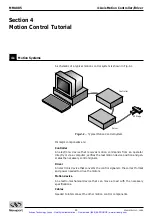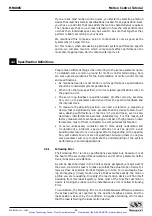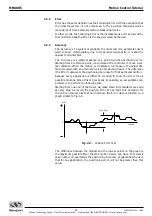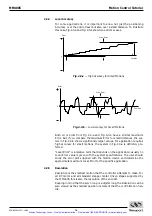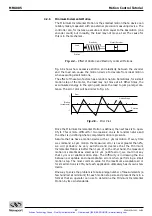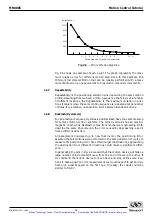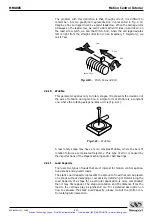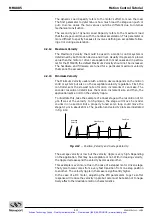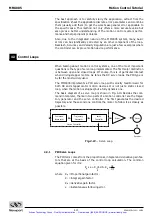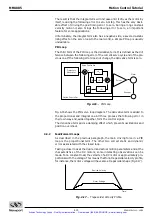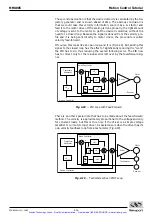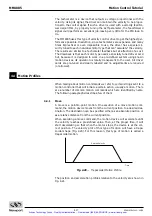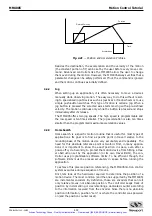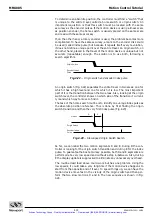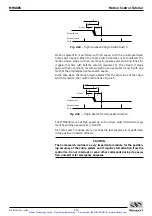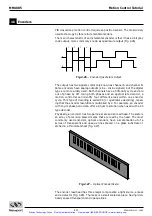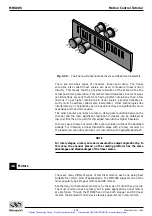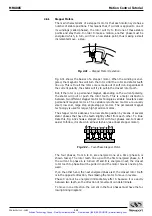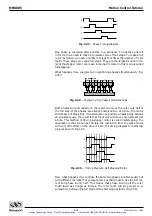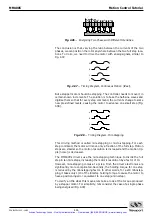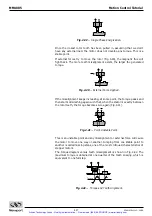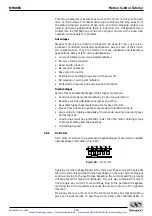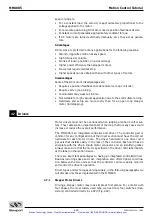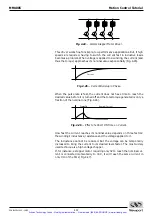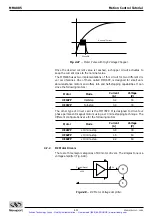
EDH0162En1040 – 06/99
4.16
MM4005
Motion Control Tutorial
The second observation is that the desired velocity is calculated by the tra-
jectory generator and is known ahead of time. The obvious conclusion is
that we could take this velocity information, scale it by a K
vff
factor and
feed it to the motor driver. If the scaling is done properly, the right amount
of voltage is sent to the motor to get the desired velocities, without the
need for a closed loop. Because the signal is derived from the velocity pro-
file and it is being sent directly to motor driver, the procedure is called
velocity feed-forward.
Of course, this looks like an open loop, and it is (Fig. 4.18). But, adding this
signal to the closed loop has the effect of significantly reducing the “work”
the PID has to do, thus reducing the overall following error. The PID now
has to correct only for the residual error left over by the feed-forward sig-
nal.
Fig. 4.18
— PID Loop with Feed-Forward.
There is an other special note that has to be made about the feed-forward
method. The velocity is approximately proportional to the voltage and only
for constant loads. but this is true only if the driver is a simple voltage
amplifier or current (torque) driver. A special case is when the driver has its
own velocity feedback loop from a tachometer (Fig. 4.19).
Fig. 4.19
— Tachometer-driven PIDF Loop.
X
K
p
X
K
i
X
K
d
X
K
vff
de
dt
e
Trajectory
Generator
Motion Controller
Servo Controller
Driver
Motor
Encoder
Tachometer
∫
e
X
K
p
X
K
i
X
K
d
X
K
vff
de
dt
e
Trajectory
Generator
Motion Controller
Servo Controller
Driver
Motor
Encoder
∫
e
Artisan Technology Group - Quality Instrumentation ... Guaranteed | (888) 88-SOURCE | www.artisantg.com


